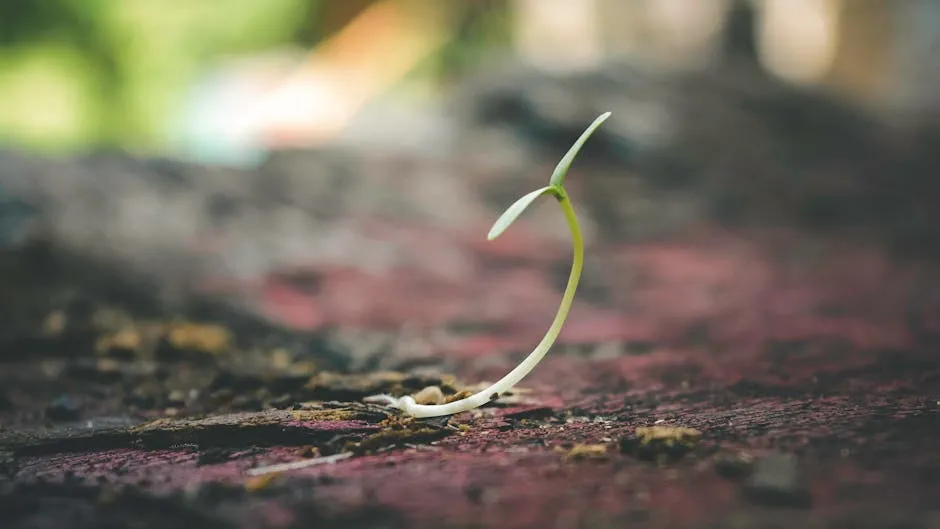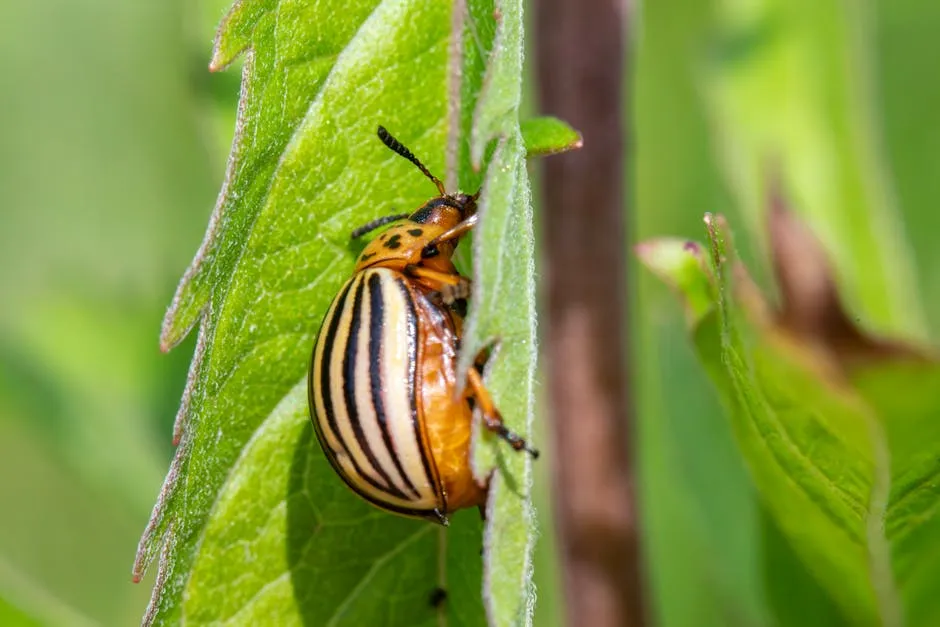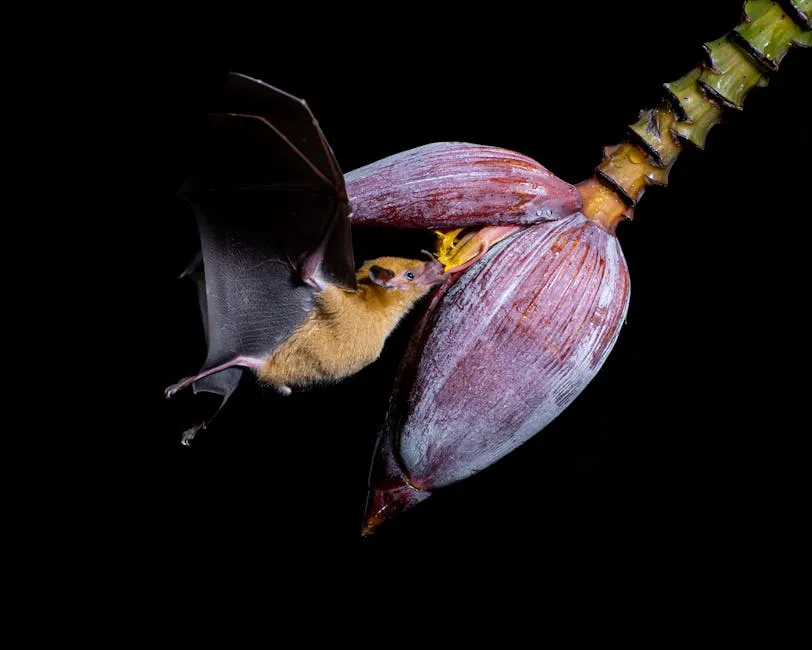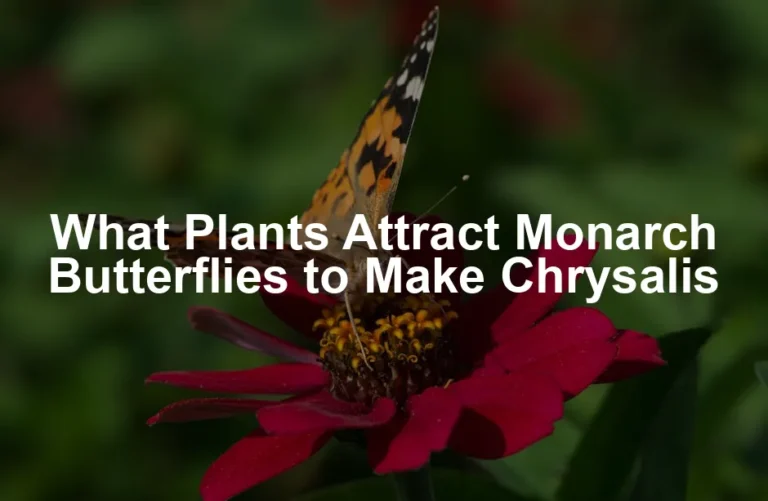

Moon Flowers: The Enigmatic Beauty of Nocturnal Blooms
Introduction
Moon flowers are captivating night-blooming plants. Their large, white blooms emit a sweet fragrance that enchants nighttime visitors. These flowers create an almost magical atmosphere in gardens. Understanding the different types of moon flowers can enhance your gardening experience. Let’s discover what makes these blooms truly special.
If you want to start your moon flower journey, you’ll need some quality Moonflower Seeds – Ipomoea Alba. These seeds will burst forth into your garden, creating a nighttime spectacle that will have your neighbors green with envy!
Summary and Overview
Moon flowers have a rich history and cultural significance. Many societies have revered them for their beauty and mysterious nature. They often symbolize love and spirituality in various traditions. Botanically, moon flowers belong to the family Convolvulaceae. They are unique for their ability to bloom at night and release intoxicating scents that attract nocturnal pollinators.
These plants thrive in warm climates, preferring well-drained soil and plenty of sunlight. Their blooming cycle typically begins in late summer, with flowers opening at dusk and wilting by dawn. The two primary types of moon flowers are Ipomoea alba and Datura stramonium. While Ipomoea is safe to touch, Datura poses toxicity risks to humans and pets.
To keep these beauties thriving, consider using an Organic Garden Fertilizer. It’s the perfect way to provide your plants with the nutrients they need while keeping your garden eco-friendly!

Understanding Moon Flowers
What are Moon Flowers?
Moon flowers are enchanting night-blooming plants known for their striking beauty. These nocturnal flowers typically feature large, white blooms that can reach up to eight inches in diameter. Their petals open at dusk, releasing a delightful fragrance that attracts nighttime pollinators, such as moths. The combination of their size and sweet scent makes them a favorite in gardens, creating a magical atmosphere under the stars. As the night deepens, their blooms glisten, adding a touch of wonder to any garden setting.
Types of Moon Flowers
When discussing moon flowers, two main varieties come to mind: Ipomoea alba and Datura stramonium.
Ipomoea alba, often simply called moonflower, is a vigorous vine with heart-shaped leaves and stunning white flowers. This variety is safe for gardens and has a sweet scent that draws in pollinators.
On the other hand, Datura stramonium, sometimes known as jimson weed, has a trumpet-shaped bloom and grows closer to the ground. However, it’s crucial to note that all parts of Datura are highly toxic to humans and pets. While Ipomoea can be mildly toxic if ingested, it remains a safer option for garden enthusiasts. Always check seed packets to ensure you’re choosing the right moonflower variety for your space.
And if you’re looking for a stunning backdrop for your moon flowers, consider investing in a Garden Trellis for Climbing Plants. It provides the perfect support for these lovely vines to stretch their legs and show off!

Growing Moon Flowers
Ideal Growing Conditions
To thrive, moon flowers prefer warm climates. They enjoy well-drained soil rich in organic matter. Aim for a slightly acidic to neutral pH for optimal growth. Sunlight is essential; these plants need at least six hours of direct sun daily. This sunlight helps them produce their stunning, fragrant blooms.
Another critical factor is support. Since moon flowers are vines, providing a trellis or other structure is vital. A trellis allows them to climb, which promotes healthier growth and better air circulation. This support also enhances their visual appeal in your garden, creating a beautiful display.
Germination and Planting
Germinating moon flower seeds requires a few careful steps. Start by soaking the seeds in water for about 12 hours. This softens their tough outer shell, increasing the chances of successful sprouting. After soaking, use a small pair of clippers to nick the seed coat gently.
When planting, choose a sunny spot and plant the seeds about one inch deep. Space them at least 12 inches apart to allow room for growth. If you’re in a cooler climate, consider starting seeds indoors before transferring them outside after the last frost. This technique can give your plants a head start on the growing season.
And while you’re at it, why not grab a Soil pH Tester Kit? Knowing your soil’s pH can help you create the perfect conditions for your moon flowers to thrive!

Care and Maintenance
Regular care ensures your moon flowers flourish. Water them consistently, especially during dry spells. Aim for deep watering once a week, allowing the soil to dry slightly between sessions. This helps prevent root rot while keeping your plants healthy.
Fertilizing is essential as well. Use a balanced fertilizer every four to six weeks during the growing season. This nutrient boost can lead to more abundant blooms.
Keep an eye out for pests like aphids and caterpillars. Regularly inspect your plants and remove any pests you see. With these simple care routines, your moon flowers will reward you with spectacular blooms throughout the season.
To make pest control easier, consider using a Pest Control Spray for Gardens. It’s your secret weapon against those pesky garden invaders!

The Beauty of Moon Flowers
Blooming Cycle and Pollinators
Moon flowers are truly magical. They bloom at dusk, opening their large, white petals to reveal their beauty. This flowering process lasts through the night, until dawn arrives. Each bloom offers a sweet fragrance that draws in nocturnal pollinators.
Moths are the main visitors to moon flowers. These fascinating insects are attracted to the scent, making them crucial for pollination. As moths flit from flower to flower, they help these plants reproduce. This relationship highlights the importance of moon flowers in maintaining healthy ecosystems. By planting them, you invite these night pollinators into your garden, creating a lively nighttime scene.

Aesthetic and Ecological Benefits
Moon flowers add stunning beauty to nighttime gardens. Their large blooms create an enchanting atmosphere under the moonlight. Imagine walking through your garden, surrounded by these glowing white flowers. The contrast of their blooms against the dark sky is simply breathtaking.
Beyond aesthetics, moon flowers also support local ecosystems. They provide essential resources for night pollinators, helping to sustain biodiversity. By incorporating moon flowers into your garden, you contribute to ecological gardening practices. This enhances not only your garden’s beauty but also its overall health. For more on this topic, check out our guide on Creating a pollinator-friendly garden design.
Incorporating moon flowers into your garden not only enhances its beauty but also supports local ecosystems. Creating a pollinator-friendly garden design can further increase biodiversity in your space.

Cultural Significance
Historical Context
Moon flowers hold a rich history across various cultures. In many societies, they symbolize mystery and love. Ancient civilizations often used them in rituals and celebrations, believing they connected to the divine. Their enchanting blooms have inspired poets and artists for centuries, appearing in literature and visual art alike.
In mythology, moon flowers are often associated with transformation and enlightenment. Their night-blooming nature evokes feelings of magic and wonder. These plants continue to be celebrated for their unique beauty and cultural symbolism. Embracing moon flowers in your garden allows you to connect with this fascinating history and the stories they tell.

Spiritual Connections
Moon flowers carry deep associations with mystery and love. Many cultures view these enchanting blooms as symbols of spiritual enlightenment. Their nocturnal nature evokes a sense of wonder that captivates hearts and minds alike.
In modern contexts, moon flowers are often used in ceremonies, celebrating significant life events. They symbolize transformation and new beginnings, making them popular in weddings and spiritual gatherings. Their fragrant blooms create an inviting atmosphere, encouraging introspection and connection to the divine.
Throughout history, moon flowers have inspired poets and artists, often appearing in literature as metaphors for love and desire. Their ethereal beauty reminds us of the deeper connections we share with nature and each other. By incorporating moon flowers into your life, you embrace their rich spiritual meaning, enhancing your own journey of discovery.
And speaking of connections, if you’re planning an outdoor gathering, consider adding some Outdoor Decorative Solar Lights. They’ll create a cozy ambiance that complements the beauty of your moon flowers perfectly!

Conclusion
Moon flowers are truly mesmerizing with their unique qualities and allure. Their night-blooming beauty and enchanting fragrance can transform any garden into a magical space. Consider adding these stunning plants to your outdoor sanctuary. They not only elevate your garden’s aesthetics but also support local ecosystems. Explore local gardening communities to share your moon flower experiences and gather valuable tips for growing them successfully. For more insights, check out our raised bed gardening tips and tricks.
And while you’re enhancing your garden, don’t forget to treat yourself to some comfortable Gardening Gloves. Your hands will thank you after a day of planting and weeding!
Adding moon flowers to your garden can be enhanced by following raised bed gardening tips and tricks for optimal growth.
FAQs
What are the best conditions for growing moon flowers?
For ideal conditions for moon flowers, choose a sunny spot with well-drained soil. These plants thrive in warm climates, requiring at least six hours of direct sunlight daily. Ensure the soil is rich in organic matter for optimal growth.
Are moon flowers poisonous?
Yes, moon flower toxicity varies between types. Ipomoea alba is mildly toxic if ingested but safe to touch. However, Datura stramonium is highly toxic to both humans and pets. Always handle with care and keep them away from children and animals.
How long do moon flowers bloom?
The moon flower blooming period typically lasts from late summer to early fall. Each bloom opens at dusk and wilts by dawn, lasting for just one night. Expect to see blooms from late August through October.
Can moon flowers be grown in pots?
Yes, growing moon flowers in containers is possible! Ensure the pot has good drainage and is large enough to accommodate their root system. Choose a sunny location to help them thrive.
How do you attract pollinators to moon flowers?
Attracting pollinators to moon flowers is easy. Plant them in sunny areas, as their fragrance draws in moths and other nocturnal pollinators. Avoid using pesticides, as they can harm these essential insects.
Please let us know what you think about our content by leaving a comment down below!
Thank you for reading till here 🙂
All images from Pexels



